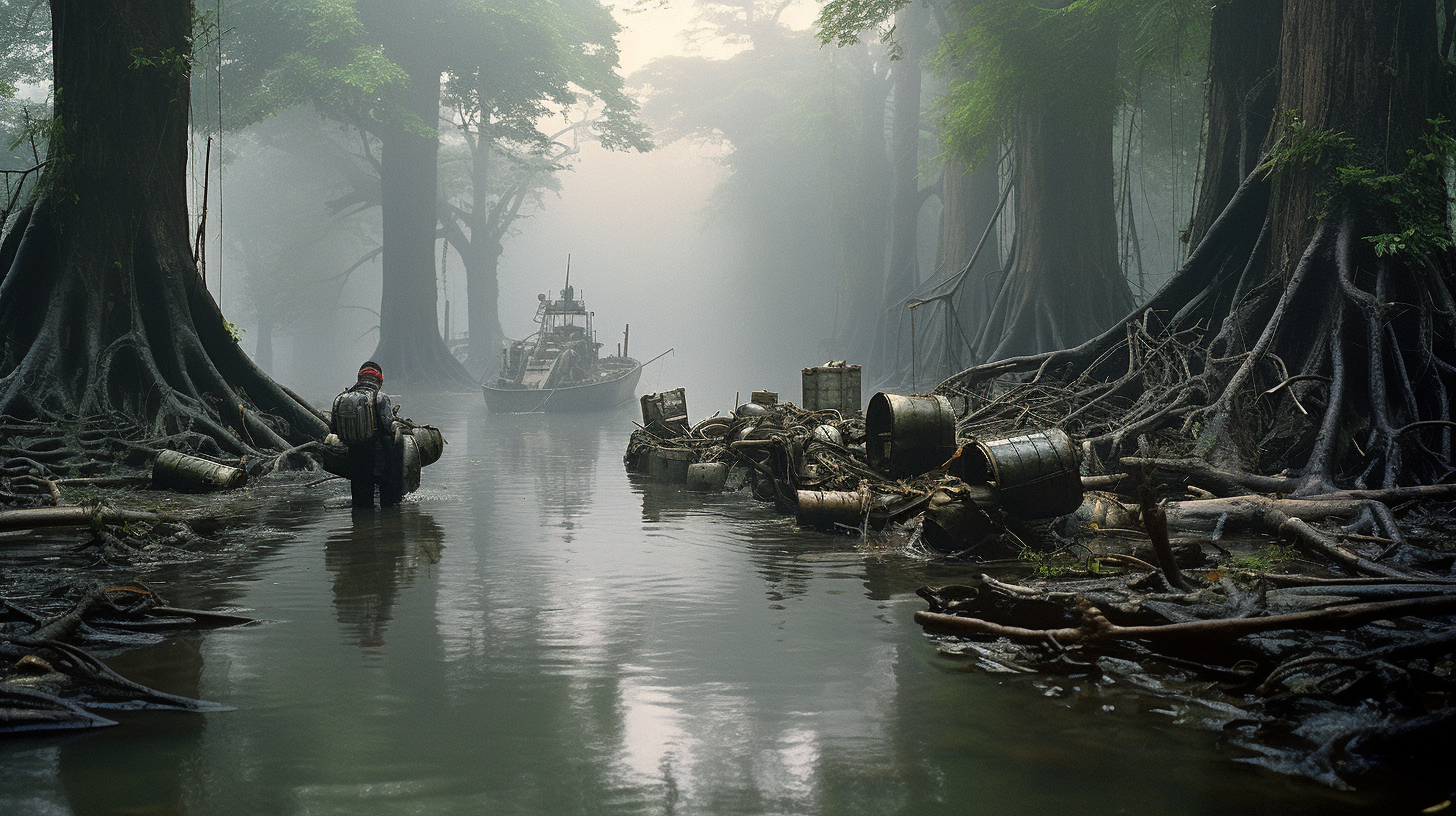Amidst the bleak landscape that we now listlessly navigate, where once-mighty rivers flowed with vigor, a haunting question whispers like a ghost through the dry canyons and cracked earth: Can rivers still generate life and power?
It’s evident that the very arteries of our planet have been drained, not just of their life-giving waters but of their quintessential roles in generating both biodiversity and electricity. In a world where hydroelectric dreams have been swapped for nightmarish stagnation, we are compelled to ponder – what is left for these silent currents?
Rivers, the temporal tapestry of human civilization, have been subjected to our unyielding exploitation. They’ve been dammed, diverted, and dried to a mere trickle, powering our homes while gasping for their last breath. However, despite the anthropogenic chokehold, rivers still course weakly through the landscape – are they now but a monument to their former selves or do they still hold a submerged promise?
Where fish once swam in teeming schools, the scavengers of decline now reign, picking clean the carcasses of what could not adapt or escape the suffocating shallows. The banks, once fertile with alluvial deposits, remain barren, a cruel reminder of the vibrant ecosystems that have been lost. Farmers eye these silenced waterways, their hands idle, their machinery still, as the soil beneath their feet mocks them with its parched infertility.
Yet, in some isolated channels, a flicker of activity perseveres. Here and there, engineers and ecologists work in silent companionship to harness the dwindling currents. Micro-hydro installations – modern-day vestiges of ingenuity – sputter and whir, striving to extract a wattage of power as a testimony to human perseverance.
As these forge-ahead innovators demonstrate, rivers may yet hold a current of hope. The promise of renewable energy still gurgles beneath the surface, albeit weaker and more evasive. Innovations in low-flow turbine technology could spell a future where the power of even the diminished rivers is not entirely lost.
Our imaginations are thus torn between stark realities and the audacity of hope. In the face of overwhelming decay, it becomes a profound act of defiance to believe in rehabilitation and potential renewal. Could the rivulets still foster life? Could the principles of permaculture and sustainable management reimagine the banks of these quiet rivers as arteries once again pulsing with vitality?
Ulterior motives, however, still glint in the eyes of those who rule the wastelands. The dying rivers, subjected to every conceivable indignity, have become vestigial. Yet these overlords, novel water barons, view the silence not as a requiem but an opportunity – an untapped vein to control and exploit the last breaths of hydraulic might.
The answers we seek lie submerged in a murky future, as unclear as the polluted waters that occasionally trundle through the old riverbeds. Do we dare to salvage what’s left of these riverine sources, to rekindle a symbiosis that we once callously severed? Or do we resign ourselves to the epitaphs engraved upon dried-up banks, accepting the eulogy of a life-giving force that we let slip through our fingers?
With each passing day, the urgency to act grows more palpable; the rivers’ whispers grow fainter yet more insistent. For if we fail to listen, it won’t be long before the currents fall eerily silent, the whispers cease, and all that remains is the echo of a world that could have been.
